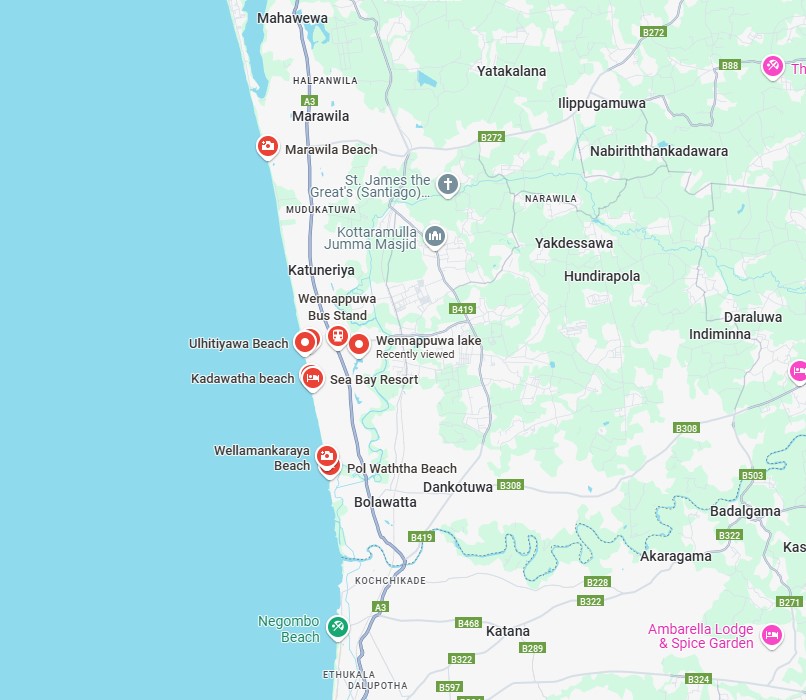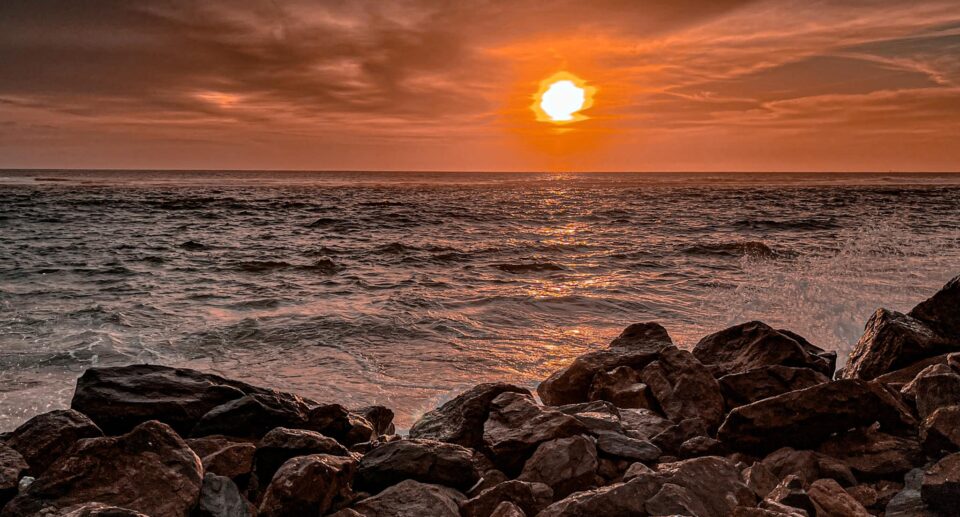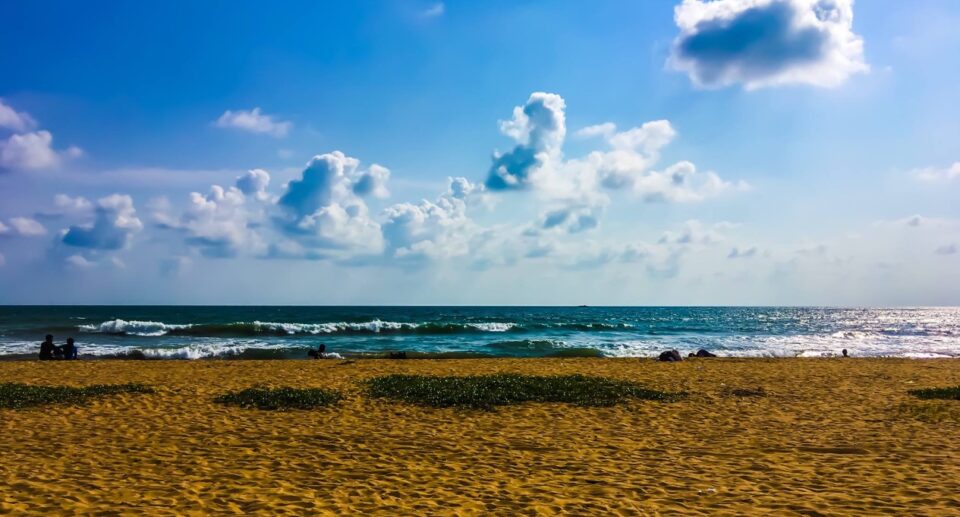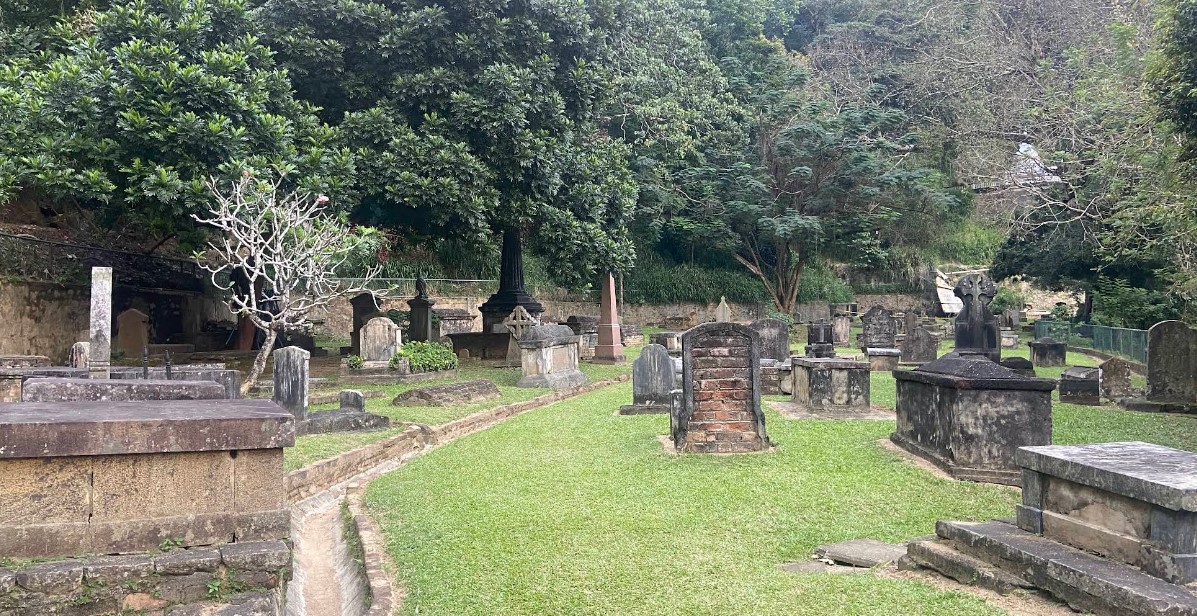Wennappuwa Beach: A Tranquil Coastal Retreat in Sri Lanka

Sri Lanka’s coastline is famous for its diverse variety of beaches, ranging from well-known tourist spots to isolated, pristine shores. A good example is the Wennappuwa Beach, located in the North Western Province’s Puttalam District. Though less internationally known than places such as Bentota or Unawatuna, Wennappuwa Beach is just as satisfying an experience mixing nature and indigenous culture, serenity with a deep feeling of connection to the coastal community. Wennappuwa is a perfect place for those seeking an authentic, non-touristy beach experience in Sri Lanka. This essay delves into everything there is to know about Wennappuwa Beach geography, history, natural beauty, cultural importance, drawbacks, and what the future holds for this seaside gem.
Geographical Setting and Access
Wennappuwa is a town about 18 kilometers north of tourist beach town Negombo, and 60 kilometers north of Colombo. The town can be reached by road through the road connecting Colombo to Chilaw, and serviced by a wide bus network and railway system. The beach is just nearby just to the west of the town center and runs along a serene part of the Indian Ocean coast.
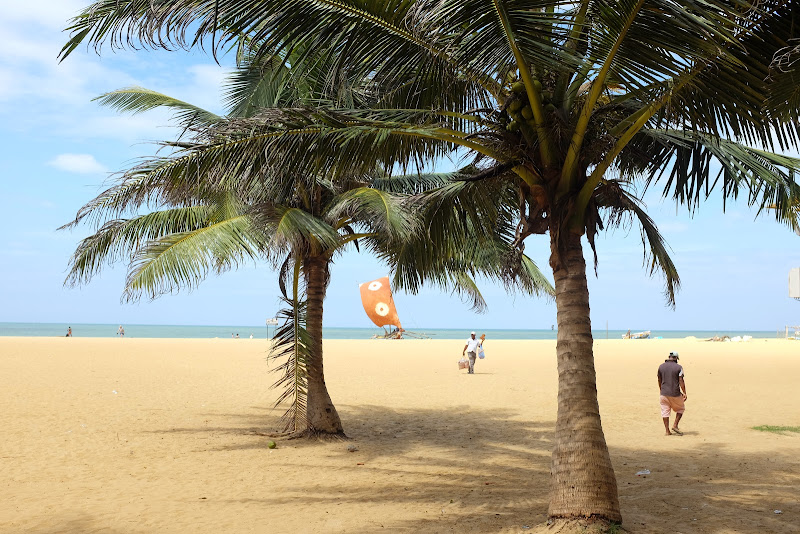
lined by palm trees and fishing boats, the beach is relatively flat, with fine golden sand and gentle waves. It’s ideal for families, recreational visitors, and anyone looking for a refuge from the more crowded southern beaches. In contrast to urban beaches, Wennappuwa remains largely undeveloped, which adds to its rustic nature.
Historical and Cultural Context
Wennappuwa and the surrounding region have a long history dating back to Sri Lanka’s pre-colonial era. Historically, the area was a part of the Kingdom of Kotte, and subsequently influenced by the Portuguese and Dutch colonial empire. The town has a majority Roman Catholic population, owing to missionary activities carried out by the Portuguese in the 16th century. Today, the area is renowned for its many churches, including the St. Joseph’s Church and St. Anne’s Shrine at the nearby Thalawila, which attract thousands of devotees annually.
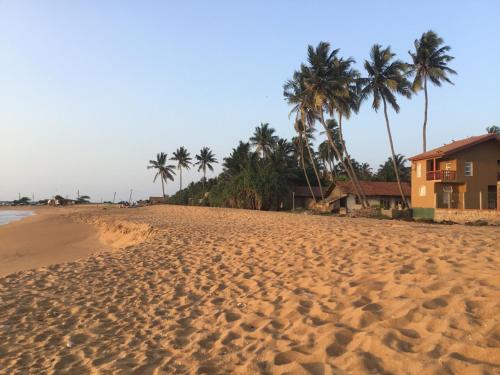
The beach itself, though not historically famous, has played an important role in the daily lives of the inhabitants fishermen, peddlers, and children. It’s a place where livelihood meets culture and where generations have enjoyed the sea, not just for recreation but also for survival and socialization.
Natural Beauty and Attractions
Wennappuwa Beach is blessed with untainted natural beauty. Its scenic beauty consists of:
Golden Sands: The soft, golden beach stretches for a few kilometers, perfect for long walks and quiet reflection.
Coconut Groves: There are dense groves of coconut trees running along the beach, which offer shade and increase the very essence of the tropical ambiance.
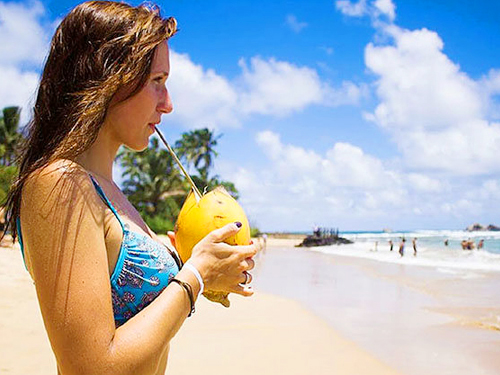
Sunsets: Because the beach is facing west, it’s a great spot to see some of Sri Lanka’s finest sunsets.
The comparatively low commercialization ensures that you will not find jet skis or large beach parties. What you will find, however, is fishermen fixing their nets, children at play in the surf, and the odd visitor taking advantage of the tranquillity.
The sea water along Wennappuwa is flat during the dry season, and the beach is thus ideal for wading and swimming. Though it lacks large-scale facilities, the starkness is exactly the reason why the beach is still appealing to those seeking a less hectic experience.
Recreational and Local Activities
The beach is a tranquil environment for all sorts of low-impact recreation: Swimming: Although always done with caution, the calm conditions in certain months render it a family-safe place. Fishing: Local fishermen continue to use traditional fishing methods like outrigger canoes and handheld nets, giving one a glimpse into the heritage of the location. Picnicking: The beach is a weekend excursion for families in nearby towns, who bring homemade food and spend hours in the sun.
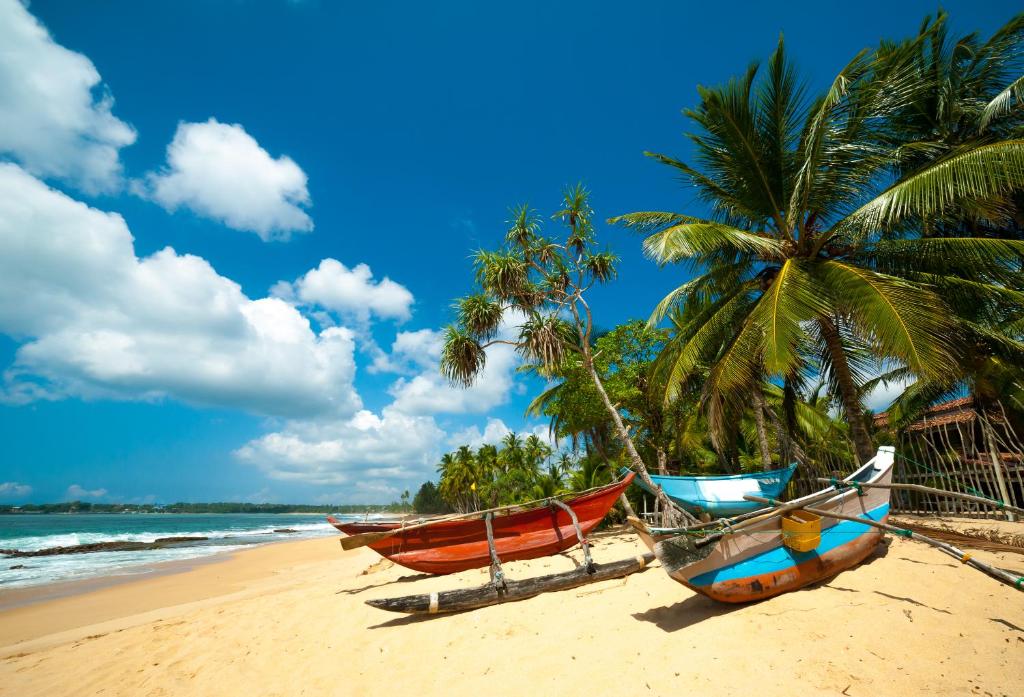
Photography: The unspoiled natural setting offers great photograph opportunities, particularly at sunrise and sunset.
One of the most powerful aspects of the beach is the accessible integration of everyday life where work and play go hand in hand.
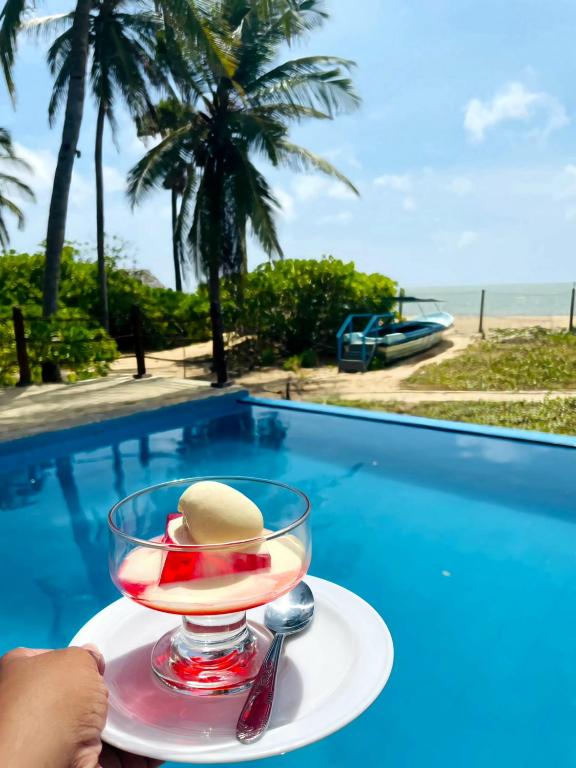
Community and Cultural Significance
Wennappuwa Beach is not a place in itself; it’s a part of living social life in the community rhythm. It is not uncommon to encounter locals early in the morning walking, jogging on the beach, or participating in religious activities along the beach. The blending of Catholic, Buddhist, and Hindu populations in the region produces a rich and peaceful atmosphere.
Annual religious processions frequently move along near the coastal roads, and the beach occasionally is a place of meeting for spiritual or cultural ceremonies. It is not just a tourist destination; it is an essential public space thoroughly embedded in local life.
Environmental Challenges
Despite its attractiveness, Wennappuwa Beach experiences a number of environmental challenges: Coastal Erosion: Like much of the island’s shoreline, erosion is an emerging problem. The rising sea level and uncontrolled development have exacted their price on the integrity of the coast.
Pollution: Though not covered with a lot of trash, the beach has become more increasingly covered with trash by virtue of local abandon and occasional tourism. Plastic bottles, packaging from food, and fishing trash are among the most common pollutants. Climate Impact: Monsoon patterns and weather extremities are affecting the local fishery sector and beach access.
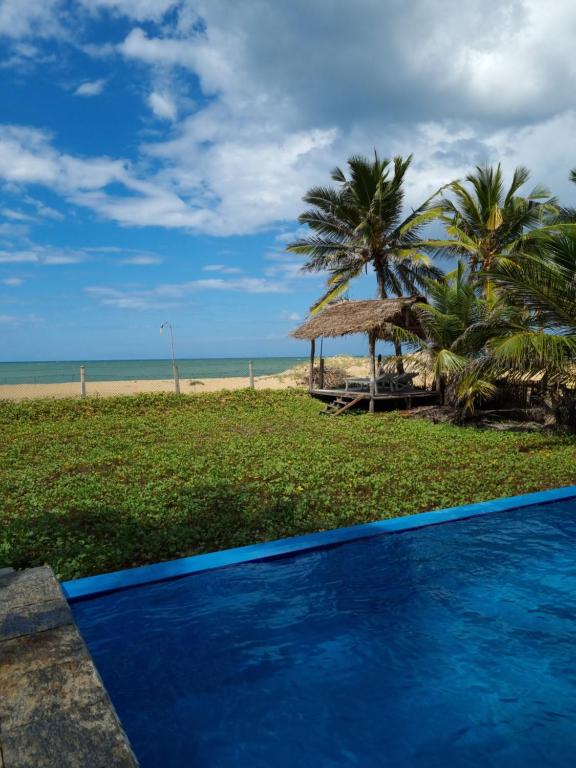
Local initiative, including clean-up of beaches and awareness drives by youth groups and religious institutions, has also yielded positive dividends. Yet more comprehensive government action is needed if it is to ensure its own future.
Tourism Potential and Development
Wennappuwa Beach is a latent potential for sustainable tourism which awaits to be developed. While crowded places like Hikkaduwa or Arugam Bay are not an option, it offers a peaceful alternative for cultural tourists as well as ecotourists. A few small guesthouses and homestays have already begun serving foreign and local tourists. Developing ideas which can be useful to the community are: Local material-built, low-impact environmentally friendly resorts. Cultural tours which connect beach visitors with land-based pursuits like visits to temples, church festivals, and coconut farming. Fishing tours and courses in which the visitors are educated on traditional fishing methods.Street food stalls and markets emphasizing the local culinary culture.
Any such activity, however, needs to be monitored lest over-tourism and pollution occur.
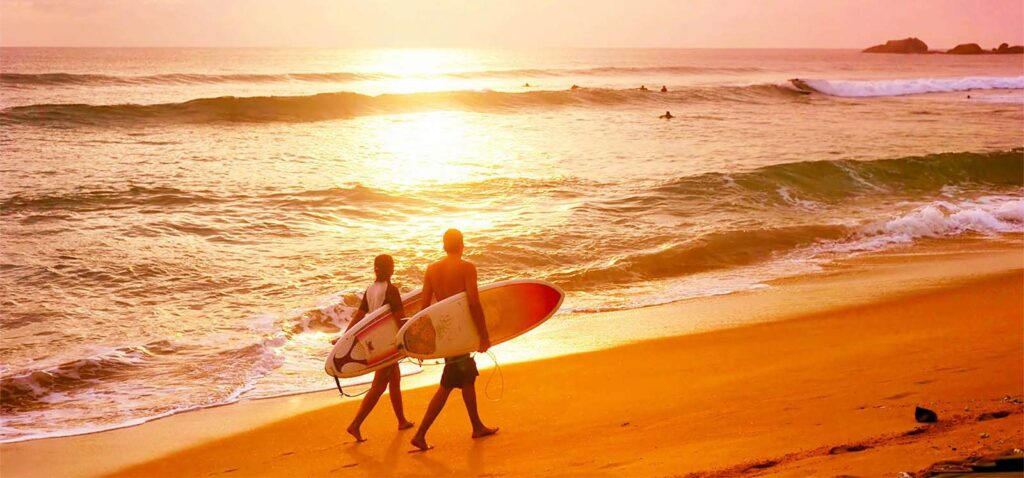
By Private Car or Taxi
- From Colombo: Wennappuwa is approximately 53 kilometers north of Colombo, with an estimated driving time of about 1.5 to 2 hours, depending on traffic conditions.
From Colombo Airport (CMB): The distance is around 25.5 kilometers, and the journey typically takes 48 minutes.
Booking Options:
- Uber Intercity: Offers rides from Colombo to Wennappuwa, with prices starting from ₹5044 (approximately LKR 10,000).
- Private Transfers: Services like MyTransfers and Lakpura provide private vehicles with door-to-door service.
By Bus
- From Colombo:
- Route: Take a bus from Colombo’s Pettah Bus Stand heading towards Chilaw or Puttalam.
- Alight at: Wennappuwa Junction or Wennappuwa Town.
- Travel Time: Approximately 2 to 2.5 hours, depending on traffic.
- Fare: Around LKR 150–250.
- From Negombo:
- Route: Buses from Negombo’s Main Bus Stand to Wennappuwa are available.
- Travel Time: Approximately 30 minutes.
- Fare: Around LKR 50–100.
By Train
- Route: Board a train from Colombo Fort Railway Station heading towards Puttalam.
- Alight at: Wennappuwa Railway Station.
- Travel Time: Approximately 1.5 to 2 hours.
- Fare: Varies based on class; approximately LKR 100–300.
By Bicycle
- Route: For the adventurous, cycling from Colombo to Wennappuwa is an option.
- Distance: Approximately 53 kilometers.
- Estimated Time: 3 to 4 hours, depending on pace and rest stops.
- Considerations: Ensure you have proper gear, hydration, and are prepared for varying traffic conditions.
Map of Wennappuwa Beach
